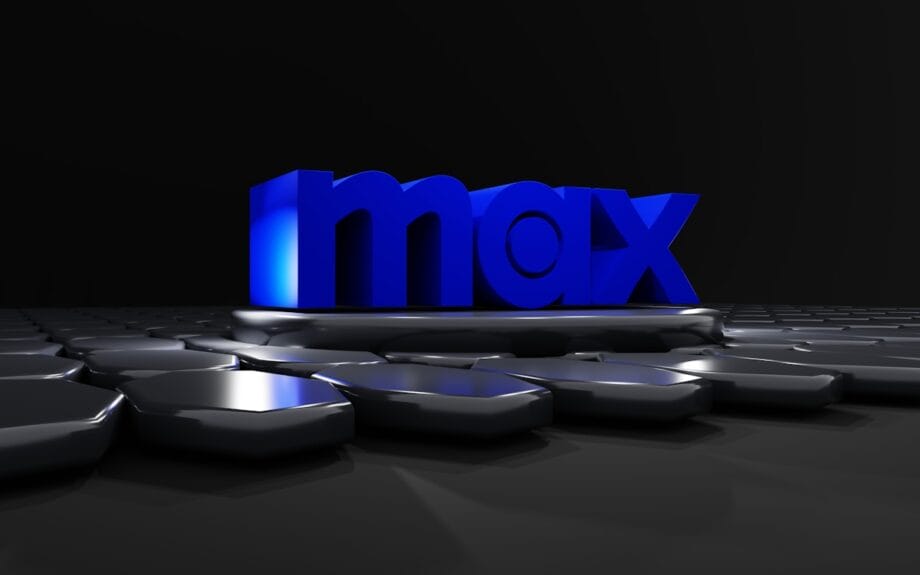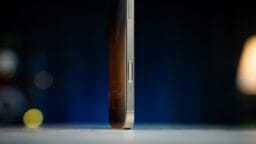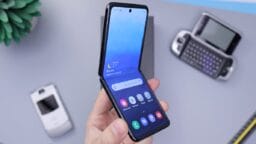Apple Launches iPhone 17 Lineup Amid Smartphone Market Turbulence
The smartphone sector is currently grappling with notable fluctuations, prompting industry juggernauts like Apple to explore innovative revenue streams. This week marked the unveiling of the iPhone 17 series, which encompasses models such as the iPhone 17, iPhone 17 Pro, iPhone 17 Pro Max, and the iPhone Air.
A standout feature of the flagship iPhone 17 Pro Max is its revolutionary 2TB storage option, a debut for Apple devices. Priced at $2,000, it has positioned itself among the most expensive smartphones on the market.
This tactical introduction of premium storage options is perceived as a method for Apple to bolster its revenue without a proportional increase in unit sales. The recent metamorphosis in consumer habits—exacerbated by inflation and tariffs—has led many to reevaluate their expenditure on mobile devices.
In this milieu, Apple’s strategy aims to leverage the increasing willingness of customers to invest significantly more than they did nearly ten years ago in their latest smartphones.
Market analysts suggest that the introduction of the 2TB variant will effectively elevate the average selling price (ASP) of Apple’s iPhones, a pivotal metric that reflects the line’s profitability.
Angelo Zino, a senior vice president at CFRA, suggests that this price uptick particularly derives from heightened demand for the iPhone Air, which is seeing a $100 increase over last year’s iPhone 16 Plus.
Zino emphasized that the 2TB storage feature distinctly differentiates Apple from rivals such as Samsung and Google, whose flagship models are capped at 1TB of storage.
Despite the hefty price tag associated with the $2,000 iPhone 17 Pro Max, it remains more economical than certain foldable alternatives in the market. For comparison, Samsung’s Galaxy Z Fold 7 comes in at $2,419.99 for a 1TB version, while Google’s Pixel 10 Pro Fold is listed at $2,149.

To alleviate the financial strain on consumers, many are opting for trade-in deals and installment payment plans offered by carriers. As per Consumer Intelligence Research Partners, 55 percent of U.S. smartphone purchasers are selecting installment options, thus rendering initial expenditures more digestible.
Nevertheless, prevailing economic uncertainty may compel price-sensitive customers to defer upgrades, particularly those with an inclination towards more affordable models over premium selections like the iPhone 17 Pro Max.
Nabila Popal from the International Data Corporation (IDC) noted that economic conditions typically compress demand for budget-friendly models, where cost sensitivity looms large.
In addition to storage advancements, the iPhone 17 Pro variants boast a redesigned back panel, enhanced zoom capabilities, extended battery life, and superior performance attributed to Apple’s latest chip.
Notably, the revamped design is reported to improve heat dissipation, thus augmenting the overall efficiency of the devices.
Market expectations appear buoyant, with Dan Ives of Wedbush Securities projecting a 5–10 percent uptick in iPhone preorders this year, signaling a potential resurgence amidst a challenging economic backdrop.
Source link: News.ssbcrack.com.






